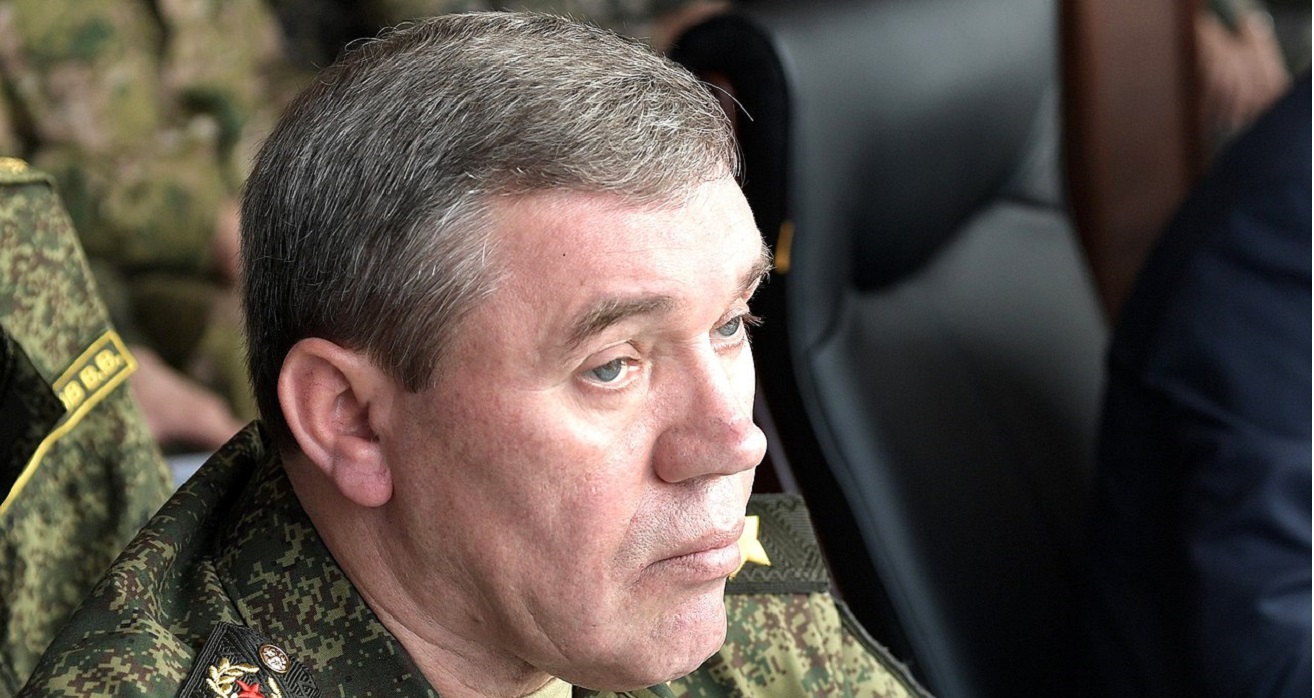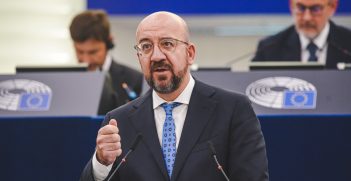Gerasimov’s Appointment to Command Russian Forces in Ukraine.

There are many reasons for changes to the top command of the Russian “special operation in Ukraine,” among them an institutionalised negligence that may be too entrenched to remove. But, whatever his capabilities, the new leader will find it as difficult as the last to achieve what is increasingly looking like the impossible.
While Australians were still in their summer torpor, Russia’s Defence Minister Sergei Shoigu once more altered the complexion of the war in Ukraine by appointing his Chief of the General Staff, General of the Army Valery Gerasimov, to also directly command all Russian forces involved in the conflict. It makes him the fourth officer to command the operation since the invasion commenced a year ago.
In taking over, Gerasimov has superseded the career infantry officer, commander of the Russian Aerospace Forces Sergey Surovikin, whose bloody involvement in Syria had earned him the nickname “General Armageddon.” Surovikin, appointed to command in Ukraine to some Russian fanfare last October, had proven as ruthless against Ukraine as against Syrian rebels by overseeing a marked shift to attacking Ukrainian civilians with missiles and drones. However, having taken over at a nadir in Russian fortunes, he had little opportunity for success on the battlefield. His major achievement was a necessary and reasonably well-handled Russian withdrawal from Kherson to the left bank of the Dnieper River. Surovikin has now become one of Gerasimov’s deputies in Ukraine, which is not necessarily a signal that he had failed in the Kremlin’s eyes – his relative competence may have been behind him keeping a role.
Whether it was Surovikin’s limitations, a clear, robust contemplation of the situation or Kremlin intrigues that led President Vladimir Putin and Shoigu to put Gerasimov in charge is unclear (the public assessments are as varied as the sources). The ostensible reason was to improve cooperation between the various branches of the Russian forces in a large and complex operation.
Gerasimov has a degree of military fame in the west, where he is associated with the so-called “Gerasimov Doctrine,” which posits tightly combined political/military action and supposedly semi-covert and deniable “grey-zone” activities to subdue Russia’s opponents. This image of a political-military Russian “bogeyman” for the last decade has helped keep a section of the commentariat, and indeed serious policymakers and observers, abuzz with stories of “little green men” doing dirty work in Russia’s interests.
In reality, the Gerasimov Doctrine never really existed, and while little green men were real and active, Gerasimov’s article was far from a directive for covert warfare. The scholar who translated it, Mark Galeotti, now regrets offhandedly calling the Russian general’s enunciations a doctrine, but the genie is out of the bottle, and Gerasimov now has the undeserved cache in the west of being a theoretician and thinker.
This is not to say he may be an ineffective general, though there are doubts about that too. He has been involved with Russia’s wars in Chechnya and Syria, had a role in the invasion of Crimea, was involved in the subsequent fighting in Donbass, and supposedly in the planning for the invasion of Ukraine in 2022. This has garnered him a reputation for competence, but when it comes to kleptocratic authoritarian Russia, one wonders what to make of such endorsements. Given the apparent state of the Russian forces, the chief of the general staff, responsible for their maintenance and readiness, should indeed be facing some hard questions. But he has either sidestepped or withstood the fault finding – possibly a testament to a political acumen or acceptability that trumps all else.
Regarding his new appointment to directly command in Ukraine, it should be admitted more frequently that it is difficult to know what effect it will have. Prophets, analysts, and bloggers abound, but the history of the war, like all wars, is littered with forecasts that were proven wrong by events. A Russian offensive is widely anticipated (and preliminary operations were maybe beginning as this was written), though its objectives, location, timing, and character are still subjects of speculation. If and when it eventuates, Gerasimov may direct it with clarity, perceptiveness, and intelligence, though if that proves the case one should remember that other senior officers, staff officers, field commanders, and ordinary troops will have played a role.
Unfortunately for Gerasimov, that overall effectiveness will likely have a significant impact if the offensive goes poorly. Military efficiency has not proven a strong suit for Russia in this war. While the Russians are undoubtedly learning and adapting, and showing some modest and patchy improvements, the poor showing of their military, together with Ukraine’s resilience and relative competence, means that Gerasimov may have been given a poisoned chalice.
Having overestimated their own capacity to fight a war, and underestimated the Ukrainian’s, the Russians are now engaged in a high-intensity conflict that is undoubtedly stretching its mediocre, heavily sanctioned economy and defence industrial capacity. Deals with Iran and North Korea (and likely a more circumspect China) have made up for some shortfalls, but these are probably not enough. In the balance against the international support for Ukraine, as hesitant and tortuous as it sometimes is, the Russians face an unenviable situation.
Moreover, getting these resources to the front has also been a problem, and Russia’s campaign has been characterised by poor logistics at all levels. In many cases, logistical incompetence has been responsible for leaving supplies open to Ukrainian attack nearer to the front. In addition, corruption and run-down stockholdings last year meant that the masses of conscripts called up were forced to buy their own clothing, body armour, and medicine.
In the field, Russian units have proven poor at executing modern combined arms operations. A rigid command structure, lack of small unit tactical responsibility, and generally poor levels of training, even amongst their supposedly better troops, mean that they have had trouble with broader operational co-ordination. These experiences are further blighted by, in some cases, non-existent, archaic, or unsecure communication systems, and their meagre logistics mean they frequently lack the necessary munitions and other material where and when they need it. Add to this the loss of large amounts of equipment early in the war. These challenges have added to their sustainment and force-generation woes, meaning they increasingly have to make do with outmoded Soviet-era gear. Factoring in the high casualties, it is little wonder that there are frequent reports of poor morale.
The winter months have seen minor offensives in sections along the front, some spearheaded by the criminals-cum-mercenaries of the Wagner Group, but the gains have been modest and reportedly at the cost of more heavy casualties.
What the Russians do have is a sizable pool of potential soldiers, which the large call up of last year sought to exploit. These new troops have bolstered the defence of the territory taken in Ukraine’s east, and those not sent directly to the front last year have likely now concluded the training that the Russian system is capable of. The Kremlin’s hopes may be that these soldiers will rejuvenate its war, but it seems unlikely that the Russian military’s dysfunctional system will have produced the well-trained and effective soldiers that will be required. Even with Gerasimov’s oversight, creating opportunities capable of taking meaningful ground from the Ukrainians will be very difficult.
Jean Bou is an historian of war and a senior lecturer at the Strategic and Defence Studies Centre at the Australian National University.
This article is published under a Creative Commons Licence and may be republished with attribution.





